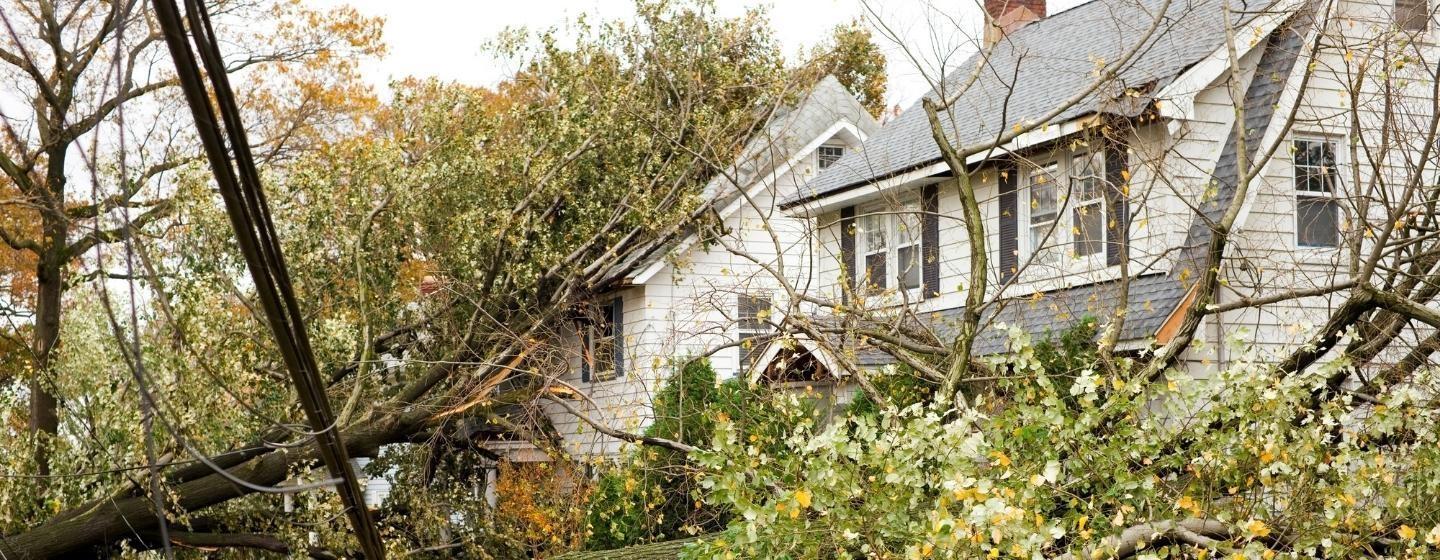Understanding Climate Risks When Buying a New Home


2024 was yet another year of extreme weather. And 2025 is off to a rough start with devastating wildfires in Los Angeles.
In 2024, people across the country dealt with hurricanes, tornadoes and wildfires made worse by severe droughts. It will also go on record as the planet’s hottest year, beating the record set in 2023.
In North Carolina, one of the fastest-growing states in the country, the impact of climate change takes on a new meaning. Buying a home means understanding the potential risks to your property. That came into clearer focus last year when Hurricane Helene, rising sea levels and extreme weather threatened, damaged or destroyed homes in the mountains, along the coast and points in between.
As NC State Climatologist Kathie Dello told Sci NC, “With climate change we are all at risk because the weather is becoming more extreme, it doesn’t matter where you live.”
In response to the growing number of extreme weather-related events, real estate apps like Zillow and Redfin now include features that show whether a property might be at risk for climate-related concerns. Those risks include flooding, wildfires, heat, air quality and wind damage.
The scores give you a history of climate-related events, the home’s current risk estimate and its risk 15 and 30 years in the future, the lengths of typical home mortgages.
The data is provided by First Street, a company that works on climate risk models. First Street assigns risk scores based on how likely as well as how severe a climate disaster might be for an area. The group updates its models every year.
Redfin has included climate risk data in its listings for a while. But when Zillow announced the launch of its service in September 2024, the company said that, “More than 80% of potential home buyers now consider climate risks when choosing a home.” Flooding tops the list of concerns.
And according to Zillow, more homes for sale in the U.S. are associated with major climate risks than compared to five years ago. Across all new listings in August 2024, a month before Hurricane Helene hit, roughly 55% carried a risk of extreme heat, 17% wereat risk for major wildfires, 13% had an air quality risk and 13% were at risk for flooding.
CoreLogic, a data analytics firm, estimates that the insured losses from flooding caused by Hurricane Helene will be between $6 and $11 billion, while the uninsured flood losses are estimated between $20 and $30 billion.
“Climate risks are now a critical factor in home-buying decisions,” said Skylar Olsen, chief economist at Zillow, in a statement. “As concerns about flooding, extreme temperatures and wildfires grow—and what that might mean for future insurance costs—this tool also helps agents inform their clients in discussing climate risk, insurance and long-term affordability.”
Watch this Sci NC story to learn how scientists are helping builders construct climate-proof buildings.
Watch how scientists simulate extreme weather to develop disaster-proof building techniques.